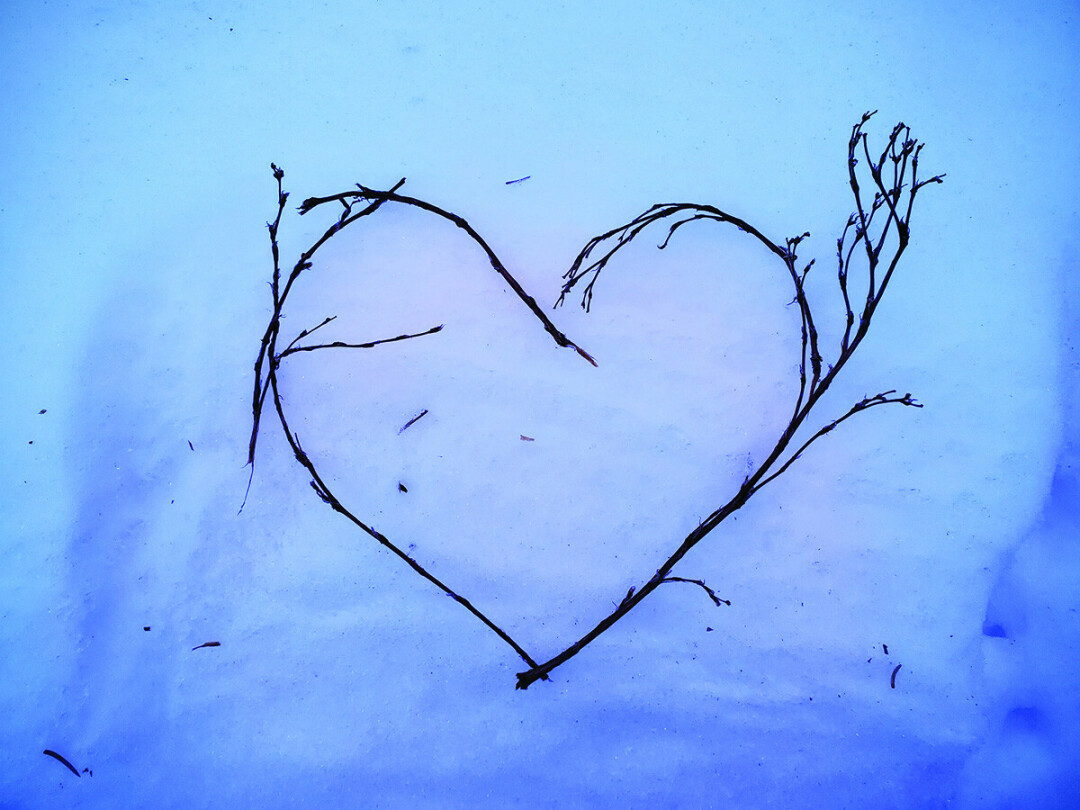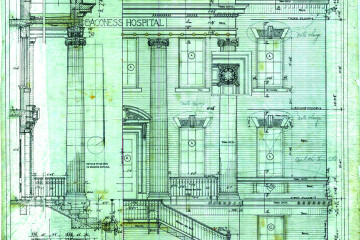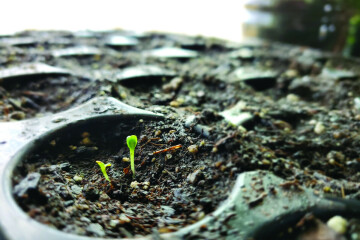Changing the Narrative of Valentine’s Day
Valentine’s Day has been documented as a celebration of romance and love as far back as the 14th century, but the commercialized day as we know it didn’t begin to evolve until the 1840’s, when Esther A. Howland began selling mass produced greeting cards to the American population. Howland’s inexpensive, convenient decorative cards were a sensation and became a catalyst for the rapid trajectory of Valentine’s Day into the mainstream consumer market.
Today, Valentine’s Day is big business. Sales of greeting cards, flowers, chocolates, and other gifts bring in billions of dollars each year. This commercial rush for gifts is dizzying and concerning, but more alarming still is the pressure this holiday places on couples to display their devotion with pricey tokens of their affections and expensive outings, many of which will inevitably be displayed to the world on carefully curated social media accounts.
However, the notion that our love is only as good as our gifts is a false one, and so is the idea that Valentine’s Day is only for starry-eyed couples. We love our friends, family, pets, and our communities, and these relationships deserve to be honored just as much as the romantic ones. 
A love for one’s community is not always the first thing that comes to mind when thinking about Valentine’s Day. It tends to be a vague kind of love, one that ebbs and flows and cannot be readily defined, but is very much present. It’s there when we run the Turkey Trot with thousands of our neighbors to raise money for the food bank; it’s there when we help someone stranded on the side of the road, when we celebrate the life of a friend with a communal meal, when we read an article in the local paper about a young student making a difference. These moments bring us together and remind us how wonderful it is to be a part of something bigger than ourselves.
In a culture of radical individualism, communities can give us our sense of identity and help us heal. They support us as we try to find our place in the world, lifting us up in our triumphs and catching us when we fall. The connections we make within our social circles teach us empathy for others and show us how far out the effects of kindness can ripple. Unfortunately, we’re not building community in the same ways we used to. Modern society and technology have changed how we connect with each other and maintain our relationships. We are more accessible than we’ve ever been, yet our quality of communication is decreasing. We depend more and more on interactions with online photo streams to keep up with friends and family, and while it’s a great tool for those living far away, it is quickly replacing meaningful conversation and in-person socialization, leading to negative effects on our mental health.
In addition to the widespread overuse of social media, necessary isolation and social distancing during the pandemic have painfully illuminated how important we are to each other, while continuing to disconnect and divide us. People are spending longer periods of time away from their communities, and the effects are becoming hard to ignore. Children aren’t getting the organic playtime with other kids that they need to develop healthy minds and bodies, and seniors are alone in their homes or in care facilities with no one able to visit due to the high risk of spreading illness. Humans evolved in communal settings, but modern life is rapidly changing the dynamics that we used to need for survival in this world.
This Valentine’s Day, I challenge you to change the narrative. Relieve yourself and your loved ones of the strain of consumerism and create a new holiday – one that celebrates all forms of love. Do away with mass-produced gifts that will end up in a landfill and opt for quality experiences instead, like gathering a group of your loved ones to volunteer with a local nonprofit. It’s time to show your community some love.



